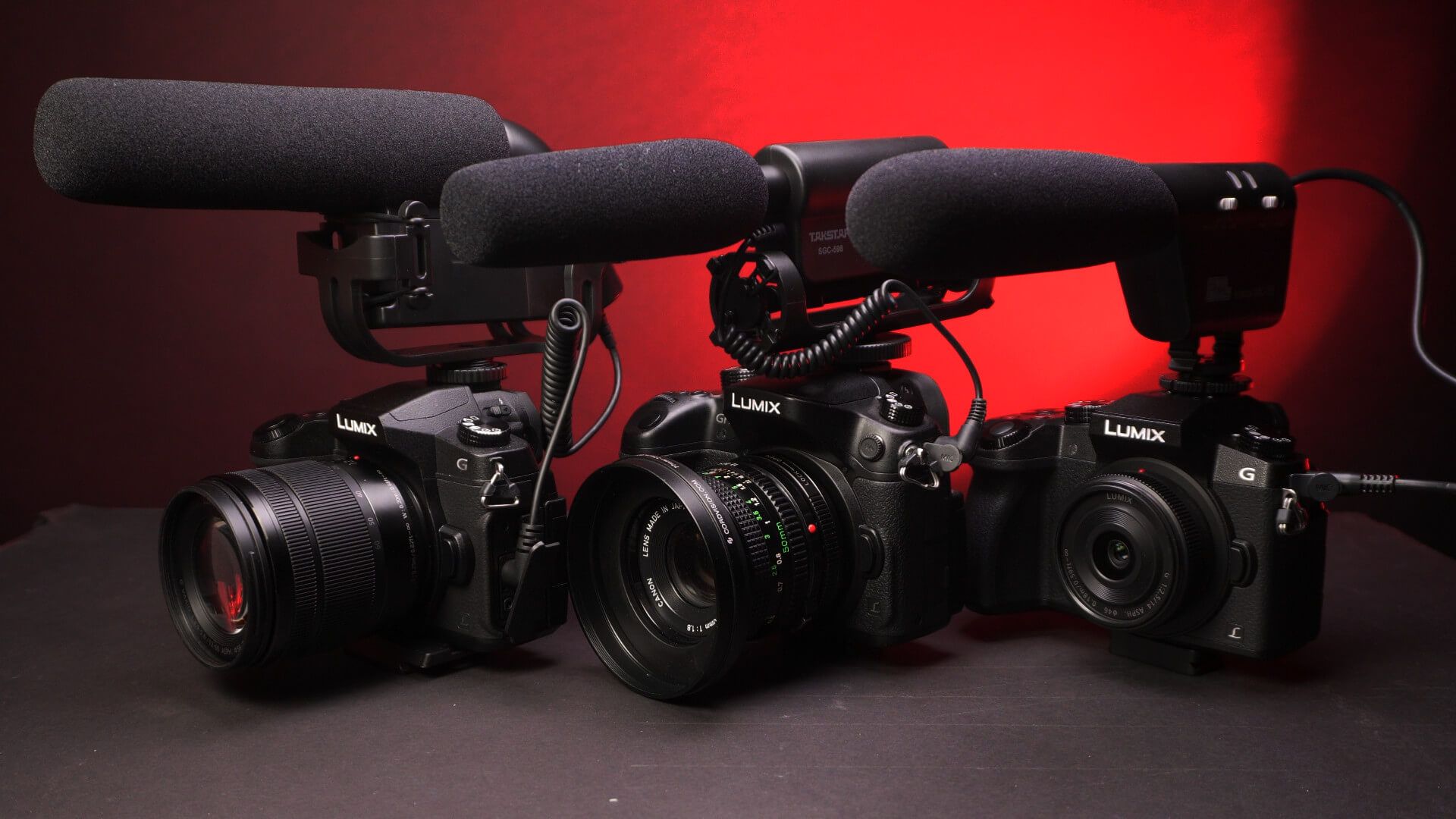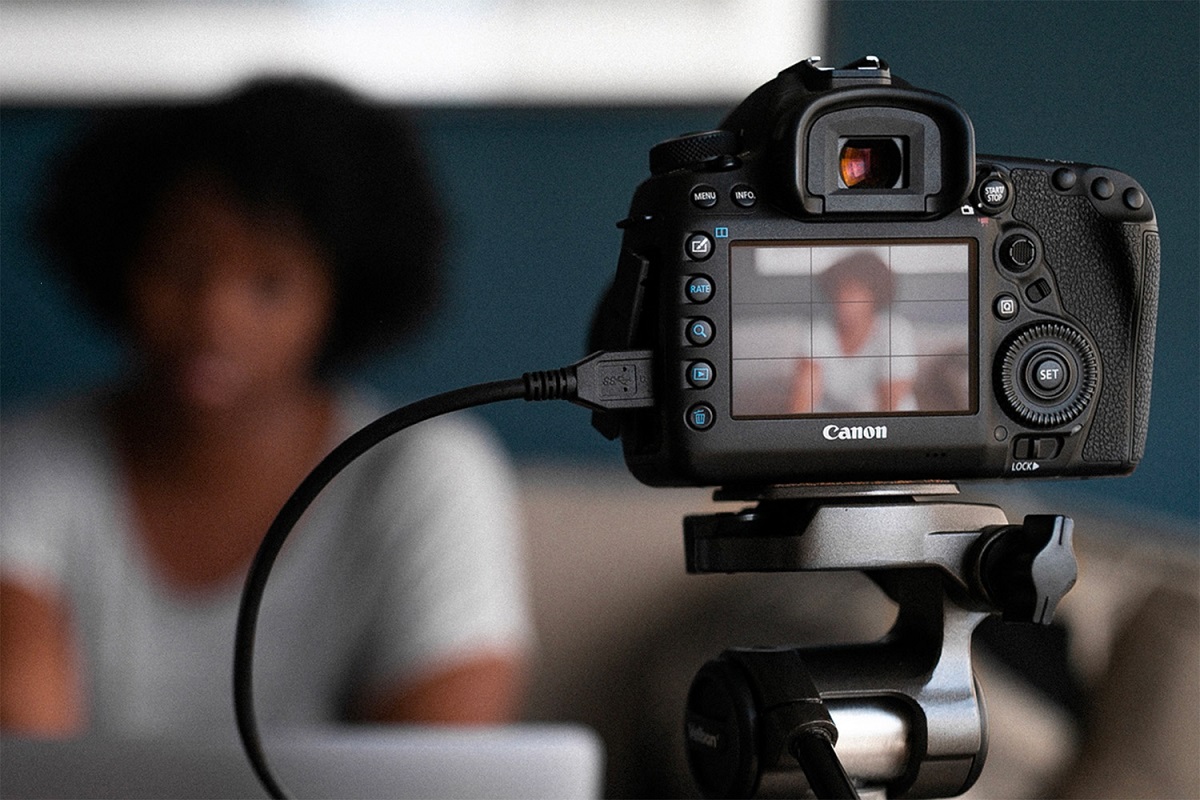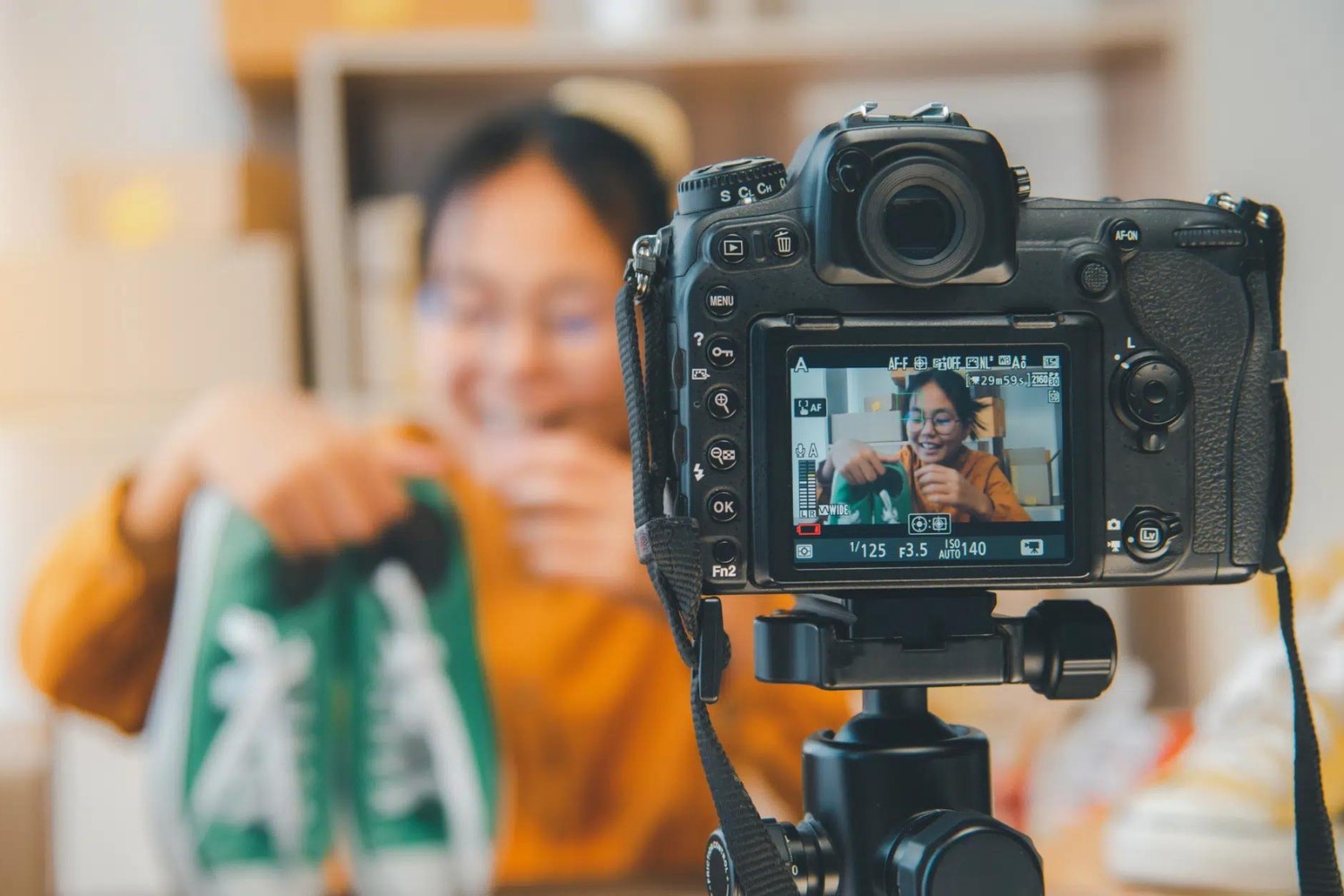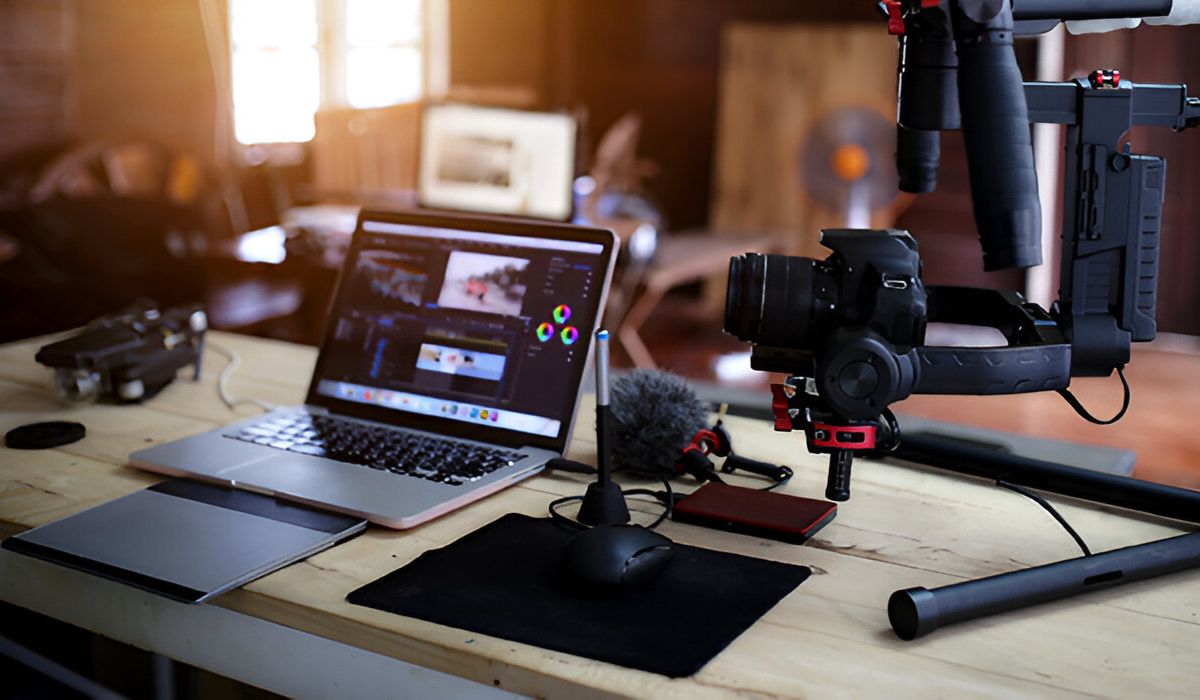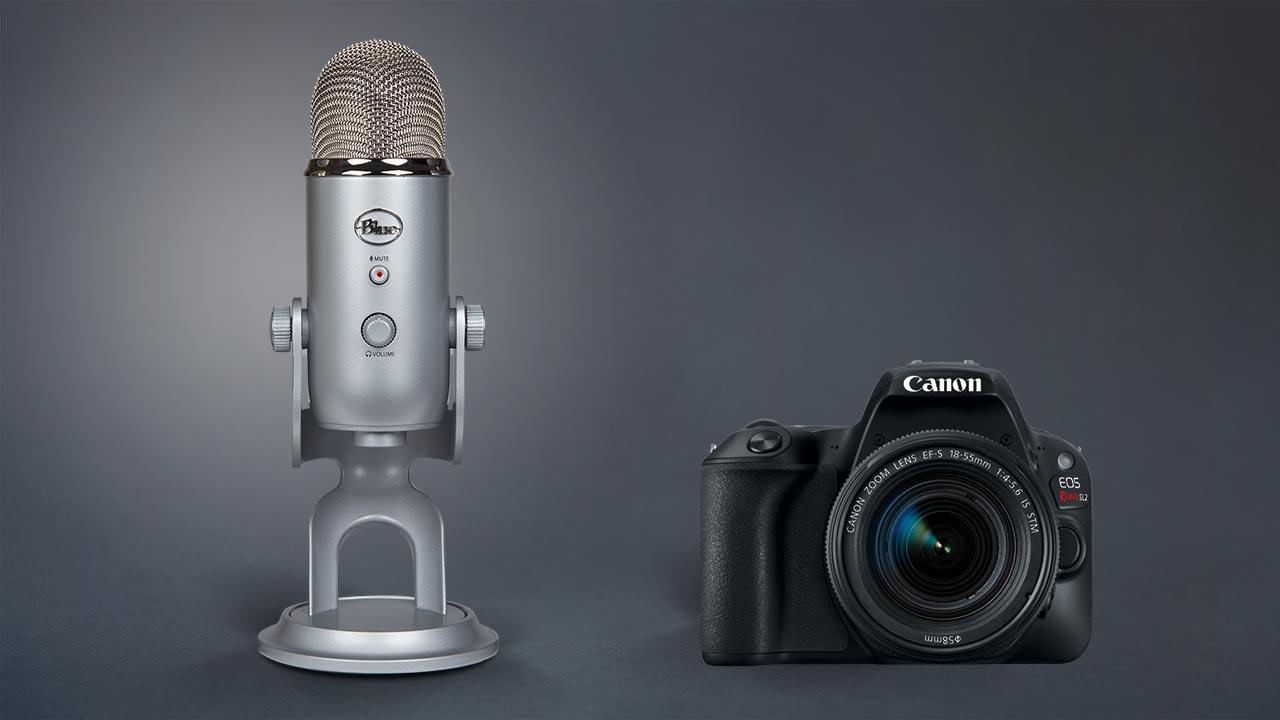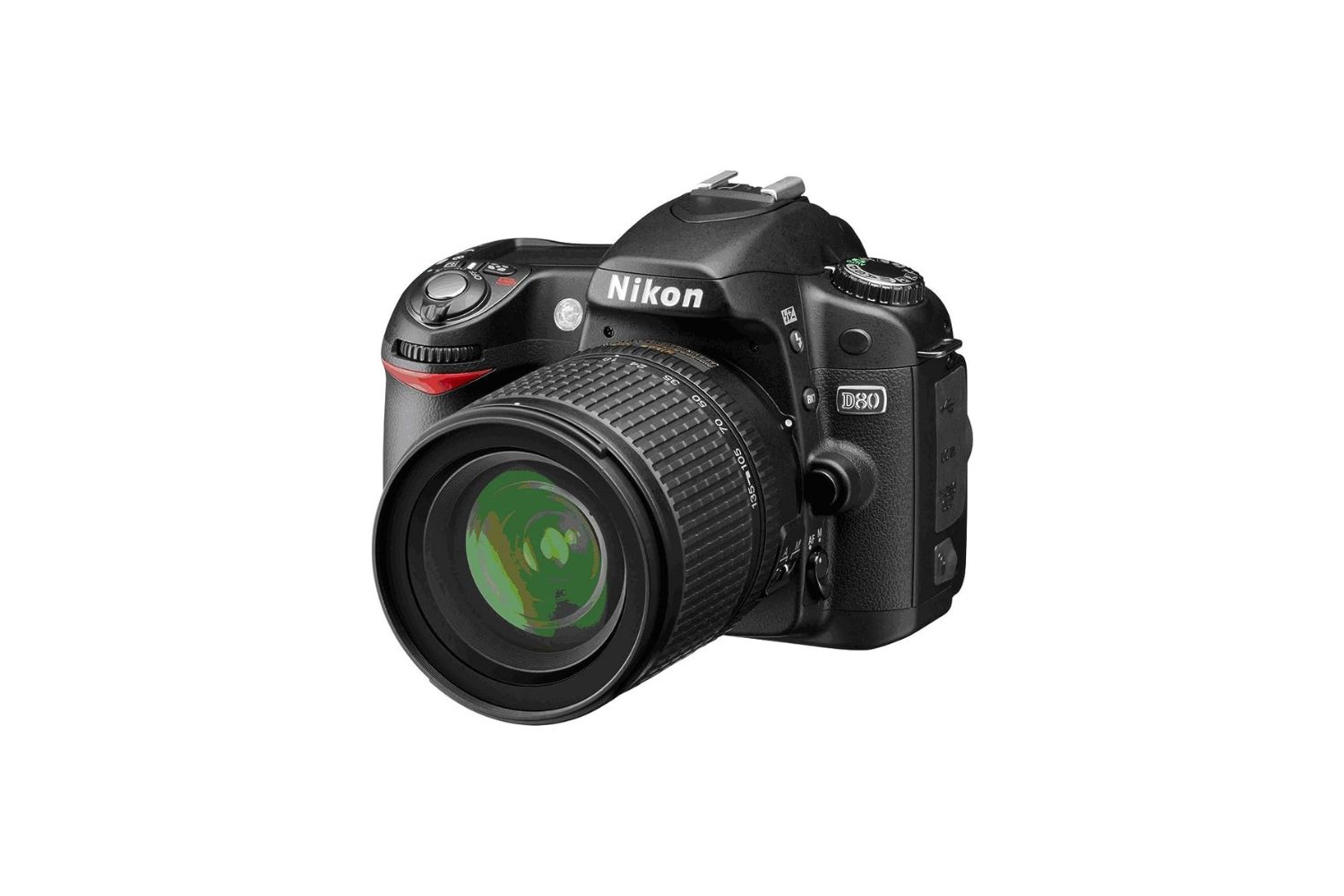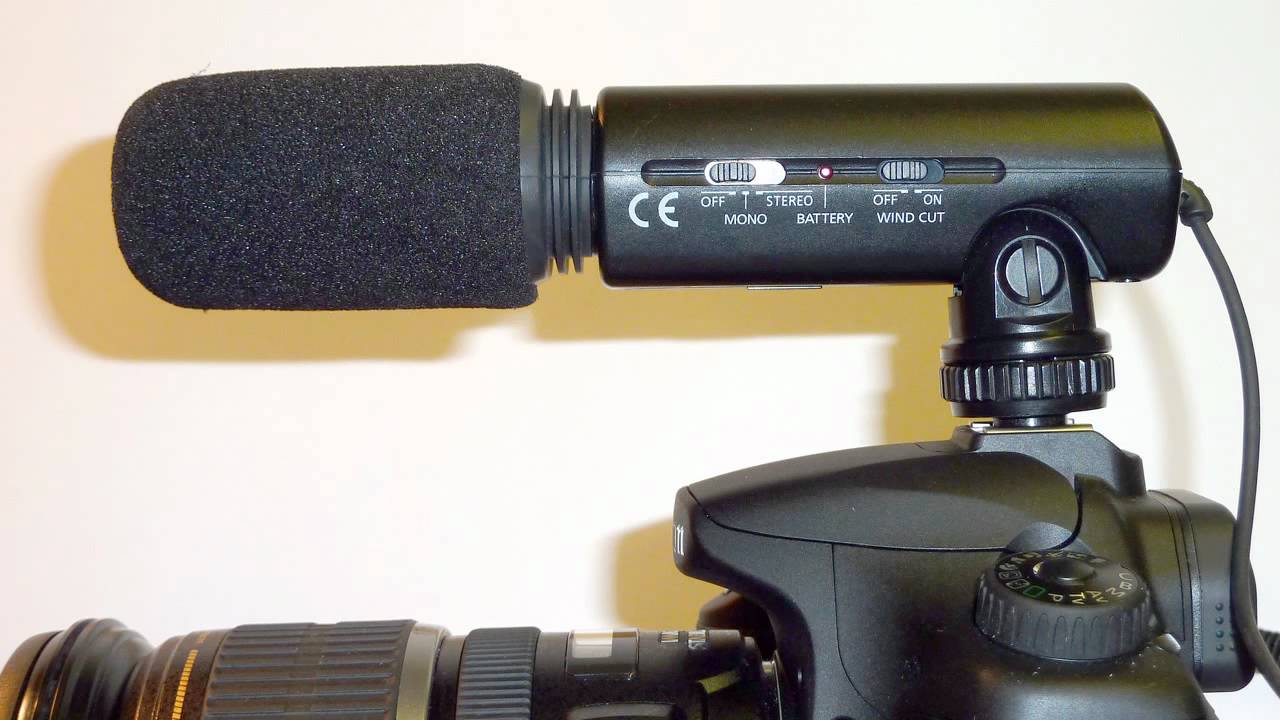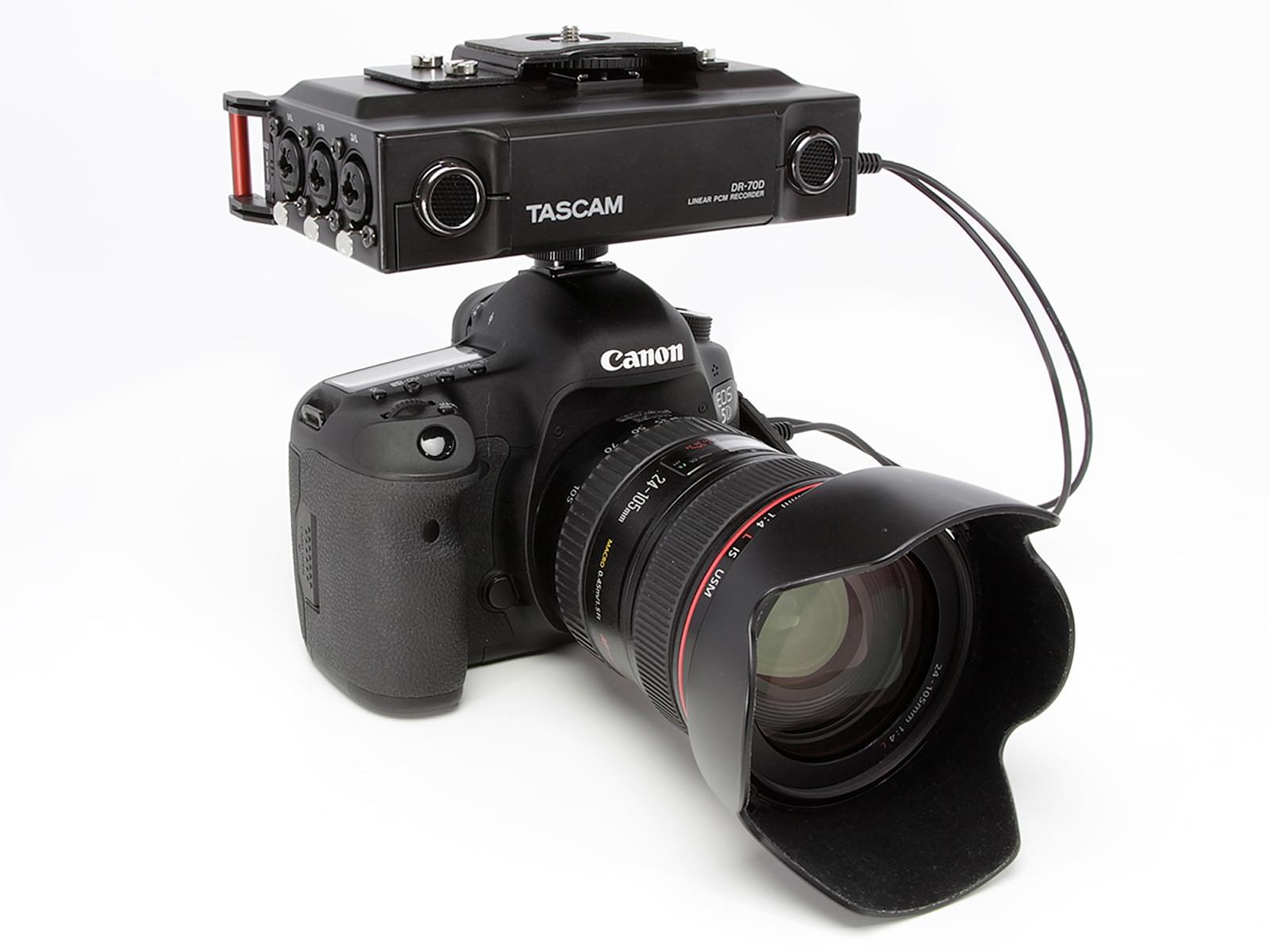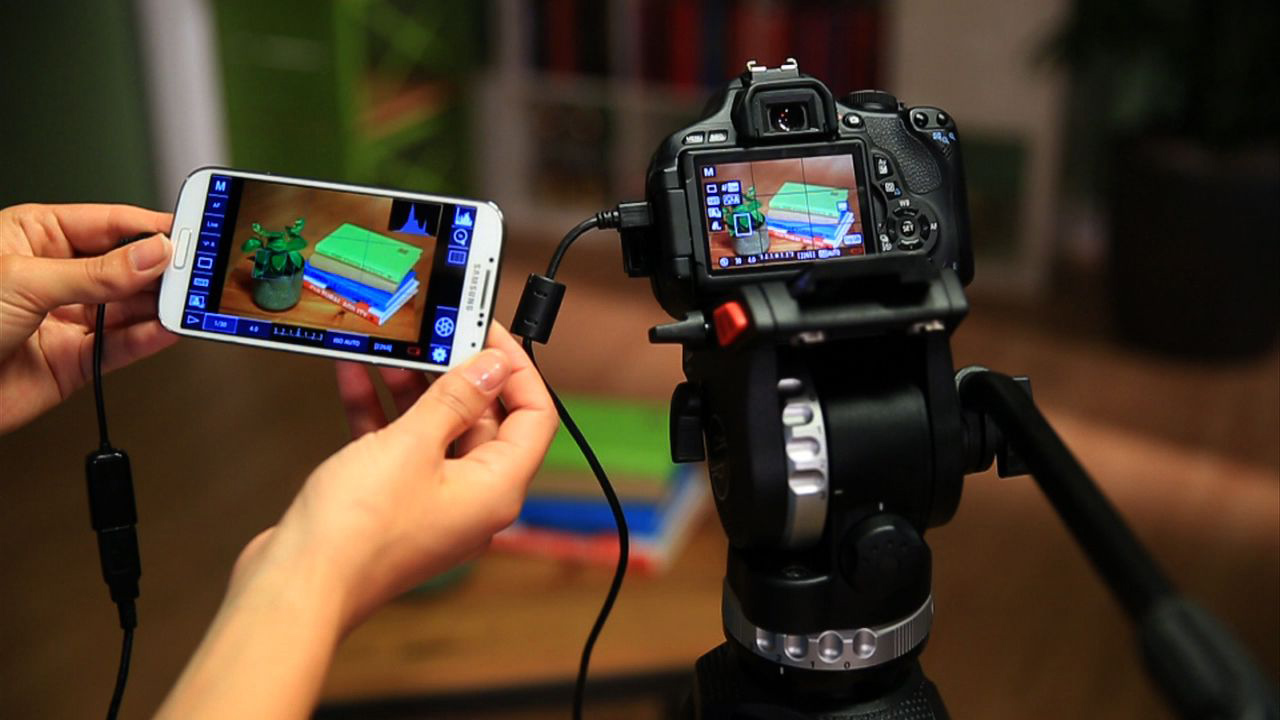Introduction
So, you've got a high-quality DSLR camera, and you're ready to capture stunning visuals. But what about the audio? While DSLR cameras excel in video recording, their built-in microphones often fall short in capturing clear, high-fidelity sound. This is where DSLR camera microphones come into play.
A DSLR camera microphone is an external audio recording device specifically designed to capture high-quality sound to complement the high-definition visuals of DSLR videos. These microphones are essential for vloggers, filmmakers, content creators, and anyone looking to elevate the audio quality of their DSLR video productions.
The audio quality of your videos is just as crucial as the visual aspect. A poor audio recording can significantly detract from the overall impact of your content, no matter how visually stunning it may be. This is why investing in a DSLR camera microphone is a strategic move for anyone serious about creating professional-grade video content.
In this comprehensive guide, we'll delve into the world of DSLR camera microphones, exploring their types, pros and cons, and providing valuable tips for achieving the best audio quality with these essential accessories. Whether you're a seasoned videographer or just starting your journey in the world of DSLR videography, this guide will equip you with the knowledge to make informed decisions and elevate the audio quality of your DSLR video productions.
Now, let's embark on this audio-visual journey and uncover the nuances of DSLR camera microphones, empowering you to capture not only captivating visuals but also crystal-clear, immersive sound.
What is a DSLR Camera Microphone?
A DSLR camera microphone is an external audio recording device designed to capture high-quality sound specifically for DSLR video recording. Unlike the built-in microphones on DSLR cameras, which may pick up unwanted background noise and produce lower-quality audio, external DSLR camera microphones are engineered to capture clear, crisp sound, enhancing the overall audio-visual experience of video content.
These microphones come in various forms, including shotgun microphones, lavalier (lapel) microphones, and stereo microphones, each catering to different recording needs and environments. They are typically mounted on the camera or connected to it via a cable, allowing for convenient and synchronized audio capture alongside video recording.
One of the key features of DSLR camera microphones is their ability to capture directional or focused audio, minimizing ambient noise and honing in on the desired sound source. This is particularly beneficial when recording in noisy or crowded settings, as it helps isolate the intended audio, resulting in cleaner, more professional-sounding recordings.
Moreover, DSLR camera microphones often offer adjustable settings and features such as gain control, low-cut filters, and shock mounts to further refine the audio capture process and mitigate unwanted noise and vibrations. These customizable options empower videographers to adapt to diverse recording scenarios and achieve optimal audio quality in varying environments.
Whether you’re shooting interviews, documentaries, vlogs, or cinematic sequences, a DSLR camera microphone is an indispensable tool for elevating the audio fidelity of your video content, ensuring that the auditory component is as immersive and captivating as the visual elements.
Understanding the role and capabilities of DSLR camera microphones is fundamental to harnessing their potential in enhancing the overall quality of video productions. In the following sections, we will explore the different types of DSLR camera microphones, their respective pros and cons, and valuable tips for maximizing their performance, empowering you to make informed decisions and achieve exceptional audio quality in your DSLR video projects.
Types of DSLR Camera Microphones
DSL camera microphones come in various types, each tailored to specific recording needs and environments. Understanding the distinct features and advantages of these microphone types is essential for choosing the most suitable option for your DSLR video productions.
- Shotgun Microphones: These highly directional microphones are ideal for capturing sound from a specific source while minimizing background noise. Their long, narrow pickup pattern enables precise audio capture, making them well-suited for interviews, dialogue scenes, and outdoor recordings where ambient noise needs to be minimized.
- Lavalier (Lapel) Microphones: Lavalier microphones are small, discreet microphones that can be clipped onto clothing, making them popular for interviews, presentations, and vlogs. They offer freedom of movement for the speaker while maintaining close proximity to the audio source, resulting in clear and consistent sound capture.
- Stereo Microphones: These microphones utilize two distinct audio channels to capture a more immersive, spatial audio experience. They are suitable for recording ambient sounds, live music performances, and environmental audio, adding depth and realism to the audio component of videos.
- Wireless Microphone Systems: Wireless microphone systems provide flexibility and mobility, allowing the audio source to move freely without being tethered to the camera. They are commonly used in scenarios where the subject needs to move around, such as event coverage, documentaries, and dynamic interview setups.
Each type of DSLR camera microphone offers unique advantages and is designed to excel in specific recording situations. By understanding the characteristics and applications of these microphone types, videographers can make informed decisions when selecting the most suitable option to enhance the audio quality of their DSLR video productions.
As we delve deeper into the world of DSLR camera microphones, we will further explore the pros and cons of using these microphones, providing valuable insights to empower you in achieving exceptional audio quality in your video projects.
Pros and Cons of Using DSLR Camera Microphones
When incorporating DSLR camera microphones into your video production setup, it’s essential to consider their advantages and limitations to make informed decisions and maximize their potential in capturing high-quality audio. Let’s explore the pros and cons of using DSLR camera microphones:
Pros:
- Enhanced Audio Quality: DSLR camera microphones significantly improve the audio quality of video recordings, capturing clear, crisp sound with minimal background noise. This enhancement elevates the overall production value of videos, creating a more immersive and professional auditory experience.
- Directional Audio Capture: Many DSLR camera microphones, such as shotgun microphones, offer highly directional audio capture, allowing videographers to focus on specific sound sources while minimizing unwanted ambient noise. This precision is invaluable for interviews, dialogue scenes, and outdoor recordings.
- Flexibility and Mobility: Wireless microphone systems provide freedom of movement for the audio source, enabling dynamic recording setups without being tethered to the camera. This flexibility is advantageous for capturing live events, documentaries, and interviews where subjects need to move around.
- Customizable Settings: DSLR camera microphones often feature adjustable settings such as gain control, low-cut filters, and shock mounts, allowing videographers to tailor the audio capture process to suit different recording environments and scenarios.
- Professional Sound Isolation: By using external microphones, videographers can achieve superior sound isolation, ensuring that the recorded audio is focused and free from unwanted interference, resulting in a polished and professional audio output.
Cons:
- Additional Equipment: Incorporating DSLR camera microphones adds to the overall equipment setup, requiring additional investment and potentially increasing the complexity of the recording process.
- Learning Curve: Utilizing external microphones effectively may require a learning curve, as videographers need to familiarize themselves with the specific features and optimal usage of the chosen microphone type to achieve the best results.
- External Factors: Outdoor recording environments and unpredictable weather conditions can pose challenges when using DSLR camera microphones, as wind, rain, and other external factors may impact audio quality if not properly addressed with suitable accessories and techniques.
- Battery Dependency: Wireless microphone systems and certain microphone types rely on batteries for operation, necessitating careful monitoring and preparation to avoid interruptions during recording sessions.
Understanding the strengths and considerations associated with DSLR camera microphones empowers videographers to leverage their benefits while proactively addressing potential challenges. In the next section, we’ll delve into valuable tips for optimizing the audio quality when using DSLR camera microphones, equipping you with practical insights to elevate the auditory impact of your video productions.
Tips for Getting the Best Audio Quality with DSLR Camera Microphones
Optimizing the audio quality when using DSLR camera microphones is essential for achieving professional-grade sound in your video productions. By implementing the following tips, you can elevate the auditory impact of your content and ensure that the audio quality aligns with the visual excellence of your recordings:
1. Choose the Right Microphone Type:
Select the most suitable microphone type for your recording needs. Consider factors such as the recording environment, sound source, and desired audio characteristics to determine whether a shotgun microphone, lavalier microphone, stereo microphone, or wireless system is best suited for the intended application.
2. Position the Microphone Strategically:
Proper microphone placement is crucial for capturing clear and focused sound. Whether using a shotgun microphone or lavalier microphone, position the microphone close to the audio source while considering the surrounding noise and potential obstructions to achieve optimal audio capture.
3. Monitor Audio Levels:
Regularly monitor the audio levels to ensure that the sound is not distorted or too faint. Adjust the microphone’s gain settings as necessary to maintain a balanced and clear audio signal without clipping or excessive background noise.
4. Utilize Wind Protection:
When recording outdoors, use wind protection accessories such as foam windscreens or furry windshields to minimize the impact of wind noise on the audio quality. These accessories are particularly important when using shotgun microphones in outdoor settings.
5. Conduct Audio Tests:
Prior to formal recording sessions, conduct audio tests to assess the microphone’s performance in the specific recording environment. Identify and address any potential audio challenges or interference before commencing the actual recording to ensure consistent and high-quality audio capture.
6. Leverage Post-Processing Tools:
Utilize audio post-processing tools to further enhance the recorded sound. Techniques such as noise reduction, equalization, and dynamic range compression can refine the audio quality during the post-production phase, resulting in a polished and professional sound output.
7. Ensure Battery Preparedness:
If using wireless microphone systems or battery-powered microphones, always carry spare batteries and monitor their charge levels to avoid unexpected interruptions during recording sessions. Maintaining battery preparedness is essential for uninterrupted audio capture.
By implementing these practical tips, you can harness the full potential of DSLR camera microphones and achieve exceptional audio quality in your video productions. These strategies empower you to capture immersive and professional-grade sound that complements the visual excellence of your DSLR recordings, elevating the overall impact of your content.
Conclusion
As we conclude this exploration of DSLR camera microphones, it’s evident that these external audio recording devices play a pivotal role in elevating the audio quality of DSLR video productions. By understanding the nuances of DSLR camera microphones, including their types, pros and cons, and practical tips for optimizing audio quality, videographers and content creators can effectively harness the power of these essential accessories to create compelling and immersive visual content with exceptional sound.
From shotgun microphones that capture directional audio with precision to wireless microphone systems that offer flexibility and mobility, the diverse range of DSLR camera microphones caters to a wide spectrum of recording scenarios, empowering videographers to adapt to various environments and capture high-fidelity sound with clarity and depth.
While the use of DSLR camera microphones introduces considerations such as equipment investment, learning curves, and external factors, the benefits they offer in terms of enhanced audio quality, professional sound isolation, and customizable settings far outweigh the challenges. With strategic microphone selection, thoughtful positioning, and proactive audio management, videographers can overcome potential limitations and consistently deliver captivating audio-visual experiences to their audiences.
By integrating the tips and best practices outlined in this guide, videographers can confidently navigate the realm of DSLR camera microphones, leveraging their strengths to capture immersive soundscapes that complement the visual narrative of their video content. Whether recording interviews, cinematic sequences, vlogs, or live events, the judicious use of DSLR camera microphones empowers content creators to craft engaging and impactful visual stories with audio experiences that resonate deeply with their viewers.
As you embark on your journey of DSLR videography, remember that the marriage of exceptional visuals and captivating sound is at the heart of compelling storytelling. With DSLR camera microphones as your trusted allies in audio capture, you’re equipped to immerse your audience in a multisensory journey, where every visual frame is harmonized with pristine, evocative sound, creating an indelible impact that transcends the screen.







